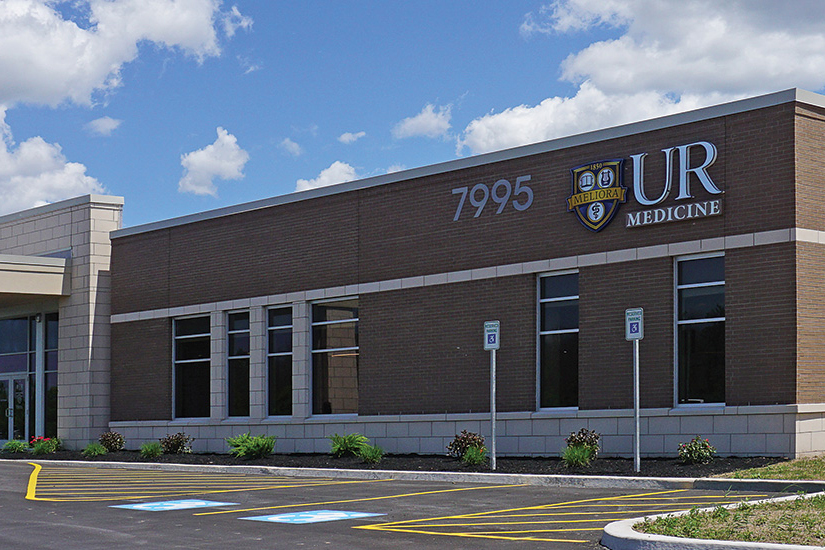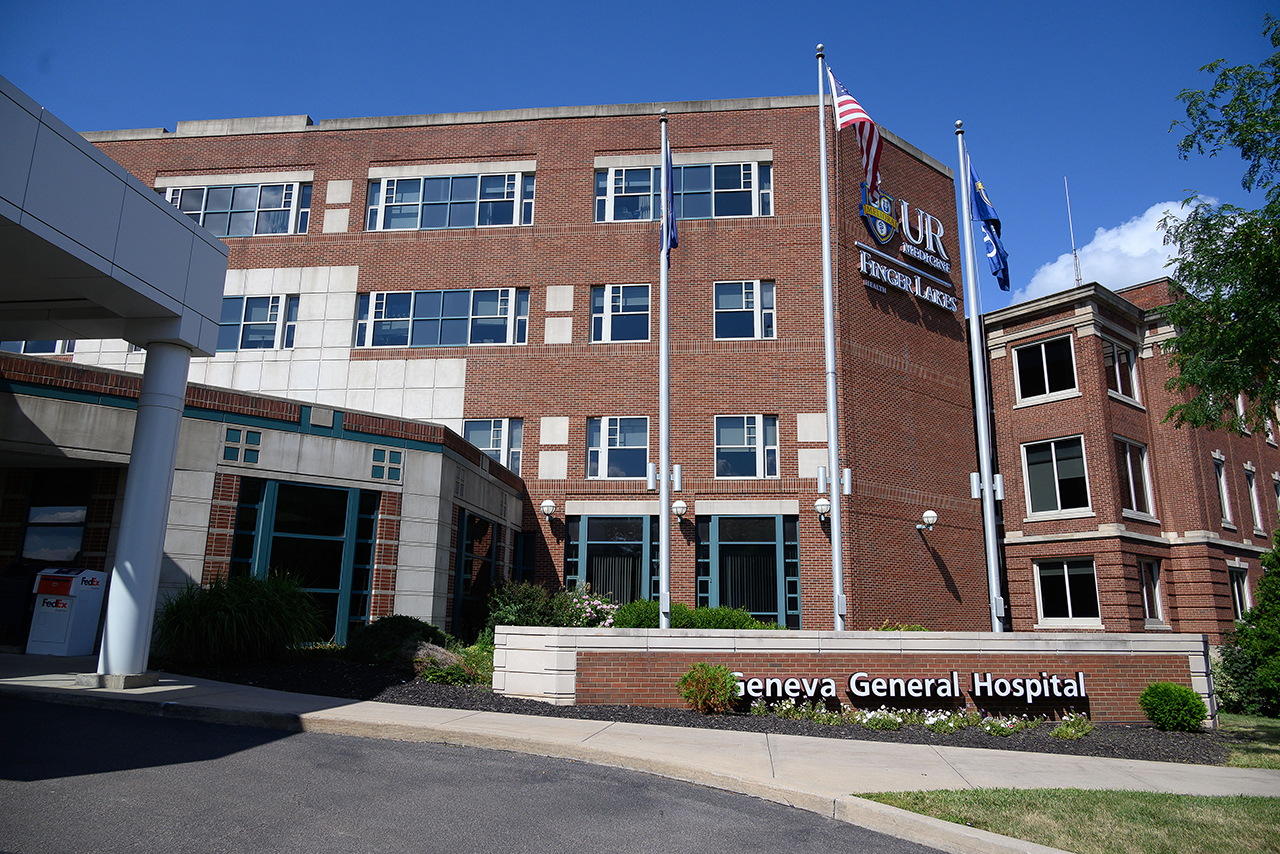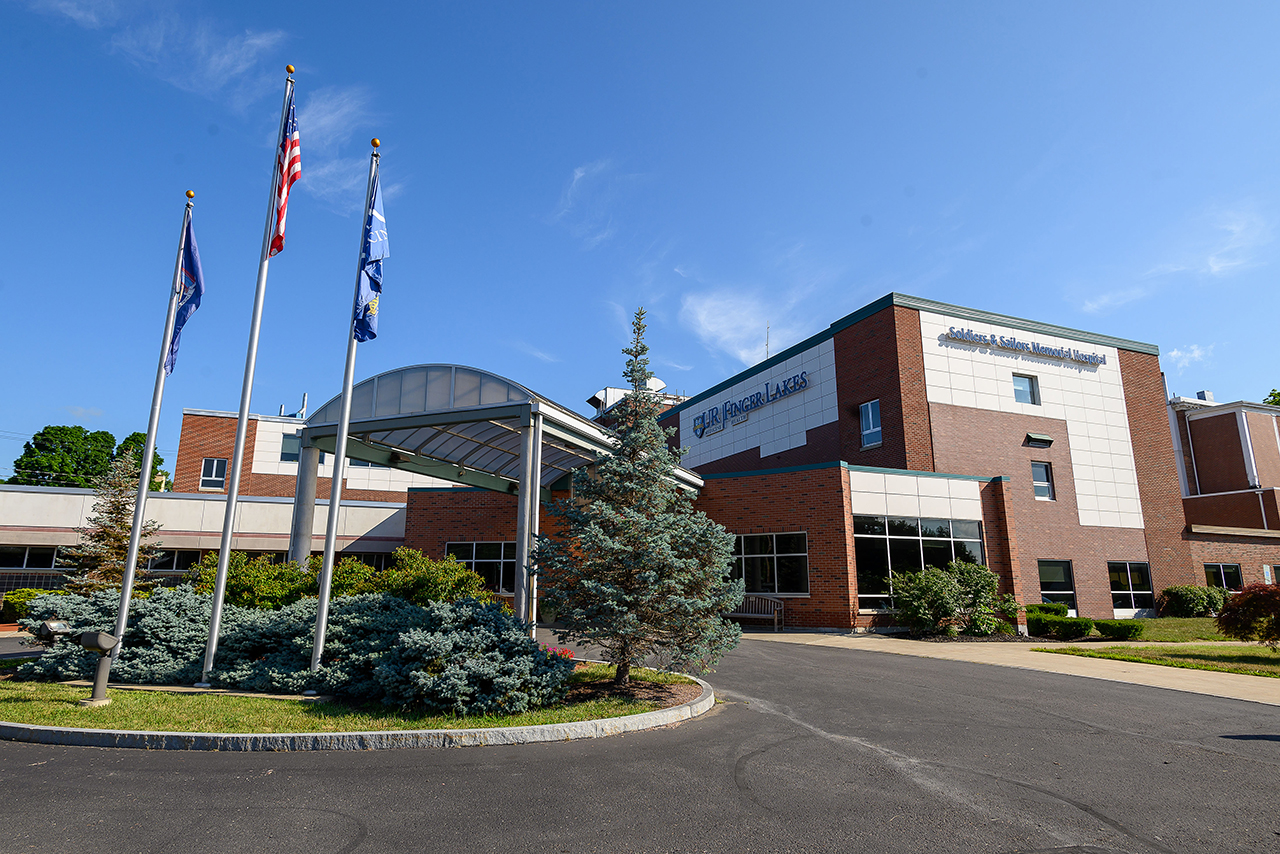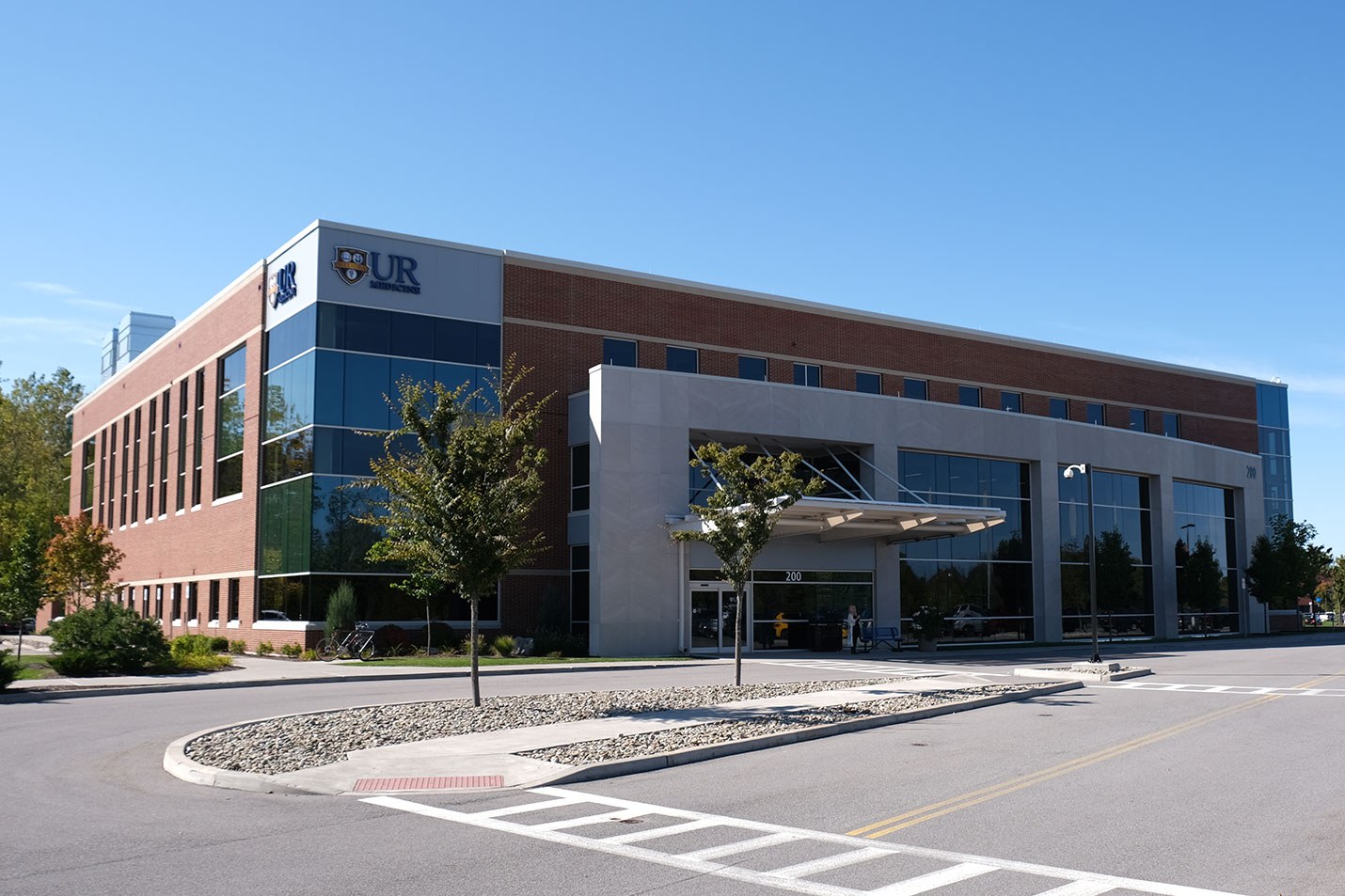Speech Therapy
What is Speech Therapy?
Speech therapy, also called speech-language pathology (SLP), helps individuals to communicate effectively. It can also be used to help treat swallowing disorders. Speech therapy may use therapeutic activities that involve tongue and mouth exercises, facial movements, reading out loud, or word games.
Speech therapy can help to improve:
- Coordination between brain and mouth
- Language skills
- Using your voice
- Understanding language
- Fluency
- Speaking clearly
- Swallowing
UR Medicine's Approach
UR Medicine's providers are experts in speech and language rehabilitation, cognitive retraining, voice therapy, swallowing services, and augmentative and alternative communication services.
We see patients of all ages, from newborns to elders, and evaluate and treat people with speech pathology conditions, including communicative, hearing, cognitive, and swallowing disorders.
What Happens During Speech Therapy Evaluation?
Our speech language pathologists (SLPs) place the highest focus on person and family centered care. Prior to the patient visit, the SLP reviews the patient’s medical history and completes a thorough patient and family interview to learn about patient concerns, perspectives, values and goals for their care.
Speech language pathologists treat a variety of disorders, including those that impact communication (speech, language, voice), cognition (memory, attention, executive functioning), and breathing and swallowing disorders. Given the diverse conditions SLPs treat, it is important that evaluations are tailored to the patient and family’s individual needs and goals for therapy.
The SLP completes informal and formal evaluation measures to assess the patient’s current level of functioning. Following the assessment, the SLP will explain the results of the evaluation, as well as the type and frequency of services recommended. Evaluation appointments are typically about one hour long.
UR Medicine Voice Center
UR Medicine Voice Center is the only voice center in Upstate New York with a comprehensive team of voice experts. We provide state-of-the-art treatment for voice, swallowing, and airway disorders using the latest surgical, non-surgical, and in-office treatment techniques.
What Sets Us Apart?
Our speech-pathologists are licensed by the New York State Department of Education and hold Certificates of Clinical Competence for the American Speech-Language-Hearing Association (ASHA), in addition to postgraduate training and certifications in several clinical subspecialties.
Our patients benefit from close collaboration with other specialty departments at Strong Memorial Hospital and the University of Rochester Medical Center. Team members from other disciplines may include audiologists, otolaryngologists (ear, nose, and throat), psychologists, behavioral specialists, dietitians, nutritional support specialists, rehabilitation specialists (including psychologists and occupational and physical therapists).
Clinical Fellowships
We offer speech-language pathology clinical fellowship positions in acute care, acute rehabilitation, and voice.
Providers
- Ashtin Argentieri, M.S., CCC-SLP
Manager of Inpatient Speech-Language Pathology
Speech-Language Pathologist - Kinga S. Brunelle, M.S., CCC-SLP, CLC
Speech-Language Pathologist - Jaime Rosa Campeau, M.S., CCC-SLP
Speech-Language Pathologist - Amanda Cohen, M.S., CCC-SLP
Speech-Language Pathologist - Heather Coles, M.A., CCC-SLP
Senior Speech-Language Pathologist - Marissa Donnelly, M.A., CCC-SLP, CLC
Speech-Language Pathologist - Emily Eddy, M.S., CCC-SLP
Speech-Language Pathologist - Deborah Falcòn, M.A., CCC-SLP
Senior Speech-Language Pathologist - Andy Goings, M.S., CCC-SLP
Speech-Language Pathologist - Liane C. Grasso, M.S., CCC-SLP
Speech-Language Pathologist - Madeline Greble, M.S., CF-SLP
Speech-Language Pathology Clinical Fellow
Outpatient Adult Services - Gianna Ippolito, M.S., CF-SLP
Speech-Language Pathology Clinical Fellow
Inpatient Rehab - Judith Kennedy, M.S., CCC-SLP
Senior Speech-Language Pathologist - Claire Kopp, M.S., CCC-SLP
Speech-Language Pathologist - Sheryl A.N. Maier, M.A., CCC-SLP
Manager of Outpatient Speech-Language Pathology - Katherine Maruska, M.S., CCC-SLP
Speech-Language Pathologist - Kelly Julian O'Brien, M.A., CCC-SLP
Speech-Language Pathologist - Andrea Perkins, M.A., CCC-SLP
Senior Speech-Language Pathologist - Erin Reedy, M.S., PhD, CCC-SLP, BCS-S
Assistant Director of Speech-Language Pathology
Speech-Language Pathologist - Elizabeth Rossborough, M.S., CCC-SLP
Speech-Language Pathologist - Noheli Ruiz, M.S., CCC-SLP
Speech-Language Pathologist - Taylor Russell, M.S., CCC-SLP
Speech-Language Pathologist - Erin Schmura, M.A., CCC-SLP
Speech-Language Pathologist - Lindsay R. Schwab, M.S., CCC-SLP
Speech-Language Pathologist - Jenna Sherry, M.S., CF-SLP
Speech-Language Pathology Clinical Fellow
Voice Center - Amanda Shuttleworth, M.S., CCC-SLP
Speech-Language Pathologist - Peter Sullivan, M.A., CCC-SLP
Speech-Language Pathologist - Lisa Valasek, M.S., CCC-SLP
Senior Speech-Language Pathologist - Madison Witt, M.A., CF-SLP
Speech-Language Pathology Clinical Fellow
Acute Care
Per Diem Staff
- Erin McCarthy, SLPD, CCC-SLP, BCS-S
- Pamela Norton, M.S., CCC-SLP
- Melanie Redeye, M.A., CCC-SLP
- Anani Serbeniuk, M.S., CCC-SLP
- Sara Vanderhoof, M.S., CCC-SLP
Locations
View All LocationsWe serve you in the Rochester metropolitan area and surrounding region.
View All Locations7 locations
7995 Call Parkway, Suite 100
Batavia, NY 14020
Clinton Woods
2365 South Clinton Avenue, Suite 200
Rochester, NY 14618
418 North Main Street
Penn Yan, NY 14527
Clinton Woods
2365 South Clinton Avenue, Suite 200
Rochester, NY 14618
200 East River Road, 3rd Floor
Rochester, NY 14623
Related Services & Conditions
- Traumatic Brain Injury (TBI)
- Stroke
- Dementias
- Speech & Swallowing Disorders
- Neurological Disorders
- Dysphagia
- Vocal Cord Dysfunction (VCD)
- Dysarthria
- Neurodegenerative Speech Disorders
- Pediatrics
- Aphasia
- Augmentative and Alternative Communication (AAC)
- Benign Vocal Fold Lesions
- Muscle Tension Dysphonia & Functional Voice Disorders
- Vocal Fold Paralysis
- Primary Progressive Aphasia (PPA)
- Vocal Tremor




